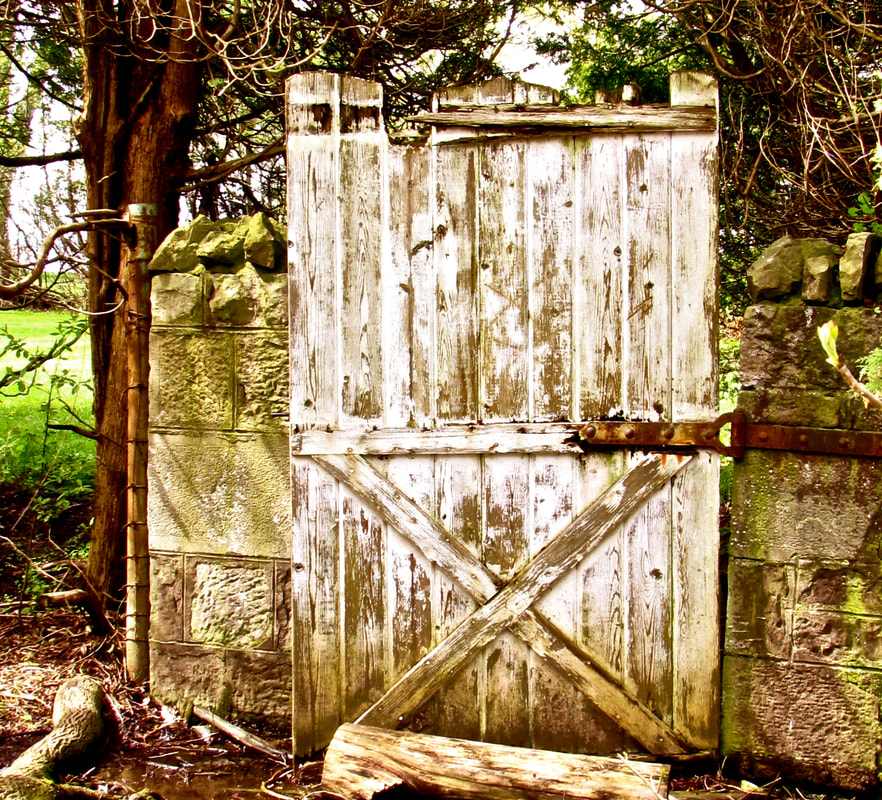
Lighting was part of the magic: “You should make your portrait at the fall of the evening when it is cloudy or misty, for the light then is perfect.” As a result, there are no strong tones anywhere. Everything is muted, softened and a mood of calm dominates.
That is not to say there is a no detailed underpainting. This is particularly noticeable in his “cartoon” (or drawing) of “Virgin and Child with Ste. Anne.” Graceful but distinct lines of the drawing anchor the portraits. I love the fact that the faces are exquisitely accurate; people do not look alike and art with generic faces falls short for me. He mustn’t have thought feet were important — here they are crudely depicted, as is Ste. Anne’s hand (which he was probably having trouble placing) and the women’s headscarves.
Yet this solid linear structure is brought to glowing three-dimensional life by means of softened darks and lights. This kind of application is called sfumato -- “smokiness, ” which looks as if it might have been rubbed on by hand (we can see his palm print in one painting). Again, in the fully painted major works, this sfumato dominates the work, and is achieved by multiple glazes using earth tones — ochres, siennas, umbers - on top of a restricted palette . Martha Stewart’s “duck egg” palettes would be right at home.
I’ve been in the mood to return to portraiture. Da Vinci reminds me that there’s nothing harder or potentially more beautiful. Wish me luck.

 RSS Feed
RSS Feed
